Sano Shōichi, know by his pen name Unno Jūza, was a Japanese novelist who was the founding father of Japanese science fiction.
Miki Fujitani is a Japanese actress and former Idol Singer. In addition to her many live-action film and television roles, she had a prominent voice role as Kamiya Kaoru in the Rurouni Kenshin anime series, and as Chun-Li in Street Fighter II The Movie.
Kaoru Yumi is a Japanese actress.
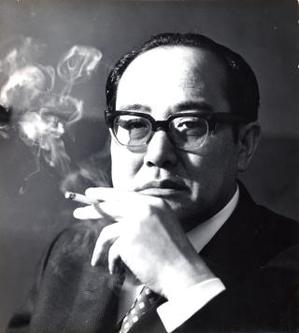
Akimitsu Takagi was the pen-name of a popular Japanese crime fiction writer active during the Shōwa period of Japan. His real name was Takagi Seiichi.

Seishi Yokomizo was a Japanese mystery novelist, known for creating the fictional detective Kosuke Kindaichi.

Murder on the Eurasia Express is an interactive movie and adventure video game developed by System Sacom and published by Enix for the PlayStation in 1998. It was released exclusively in Japan and is the first game in the "Cinema Active" series, followed later by Love Story (2000) on the PlayStation 2. The game is presented entirely in live-action full motion video and stars several Japanese idols.
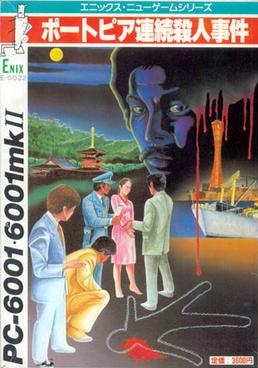
The Portopia Serial Murder Case is a 1983 adventure game designed by Yuji Horii and published by Enix. It was first released on the NEC PC-6001 and has since been ported to other personal computers, the Family Computer (Famicom), mobile phone services and most recently, Windows as Square Enix showing off their natural language processing technology.
Keigo Higashino is a Japanese author chiefly known for his mystery novels. He served as the 13th President of Mystery Writers of Japan from 2009 to 2013. Higashino has won major Japanese awards for his books, almost twenty of which have been turned into films and TV series.
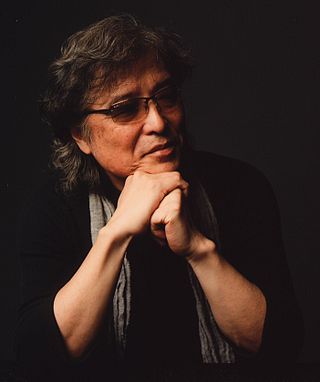
Soji Shimada is a Japanese mystery writer. Born in Fukuyama City, Hiroshima Prefecture, Japan.

Meitantei Holmes: M-Kara no Chousenjou is a modern first-person adventure video game for the Family Computer that is based on the stories by Arthur Conan Doyle. It is the sequel to Sherlock Holmes: Hakushaku Reijō Yūkai Jiken and Meitantei Holmes: Kiri no London Satsujin Jiken, the latter having been released on May 13, 1988. In Kiri no London Satsujin Jiken, the player takes control of Holmes and Watson in the streets of London. The player can collect clues and also shillings in order to pay for things such as a coach fare, which allows them to travel London faster. All of these video games were released exclusively in Japan.
Playgirl is a Japanese television action/drama series. Running from 1969 to 1976 over a total of 358 episodes, it was conceived in the spy fiction genre.

Naoyuki Uchida, who writes under his pen name Yukito Ayatsuji, is a Japanese writer of mystery and horror. He is one of the founders of Honkaku Mystery Writers Club of Japan and one of the representative writers of the new traditionalist movement in Japanese mystery writing. His wife is Fuyumi Ono, a Japanese fantasy and horror writer who is known for her fantasy series The Twelve Kingdoms.
Taku Ashibe is a Japanese mystery writer. He is a member of the Honkaku Mystery Writers Club of Japan and one of the representative writers of the new traditionalist movement in Japanese mystery writing.
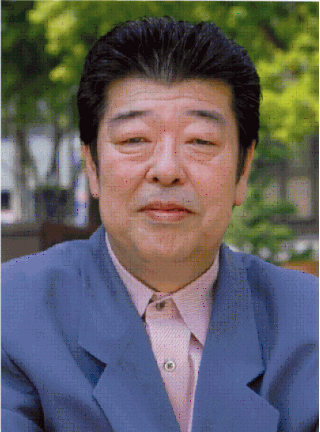
Katsuhiko Takahashi is a Japanese writer of mystery, horror, science fiction and historical fiction. He is a member of the Mystery Writers of Japan.
Koji Yanagi is a Japanese writer of mystery and thriller. He is a member of the Mystery Writers of Japan.
The North Kanto Young Girl Serial Kidnapping and Murder Case is a serial kidnapping and murder case that has been going on since 1979 in Japan's Tochigi and Gunma prefectures. The Ashikaga murder case is included in this.
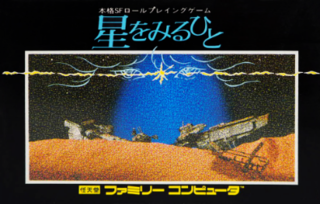
Hoshi Wo Miru Hito is a 1987 role-playing video game developed by Another and published by HOT-B for the Famicom. It is based on the 1984 video game Psychic City. The game is a science fiction RPG where players use psychic powers to fight enemies.
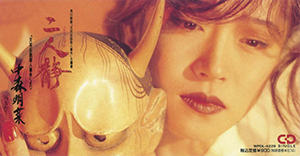
"Futari Shizuka: Tenkawa Densetsu Satsujin Jiken yori" is the 26th single by Japanese entertainer Akina Nakamori. Written by Takashi Matsumoto and Makoto Sekiguchi, the single was released on March 25, 1991, by Warner Pioneer through the Reprise label. It was also the third single from her fifth compilation album Best III. This was Nakamori's final release under Warner Pioneer.










